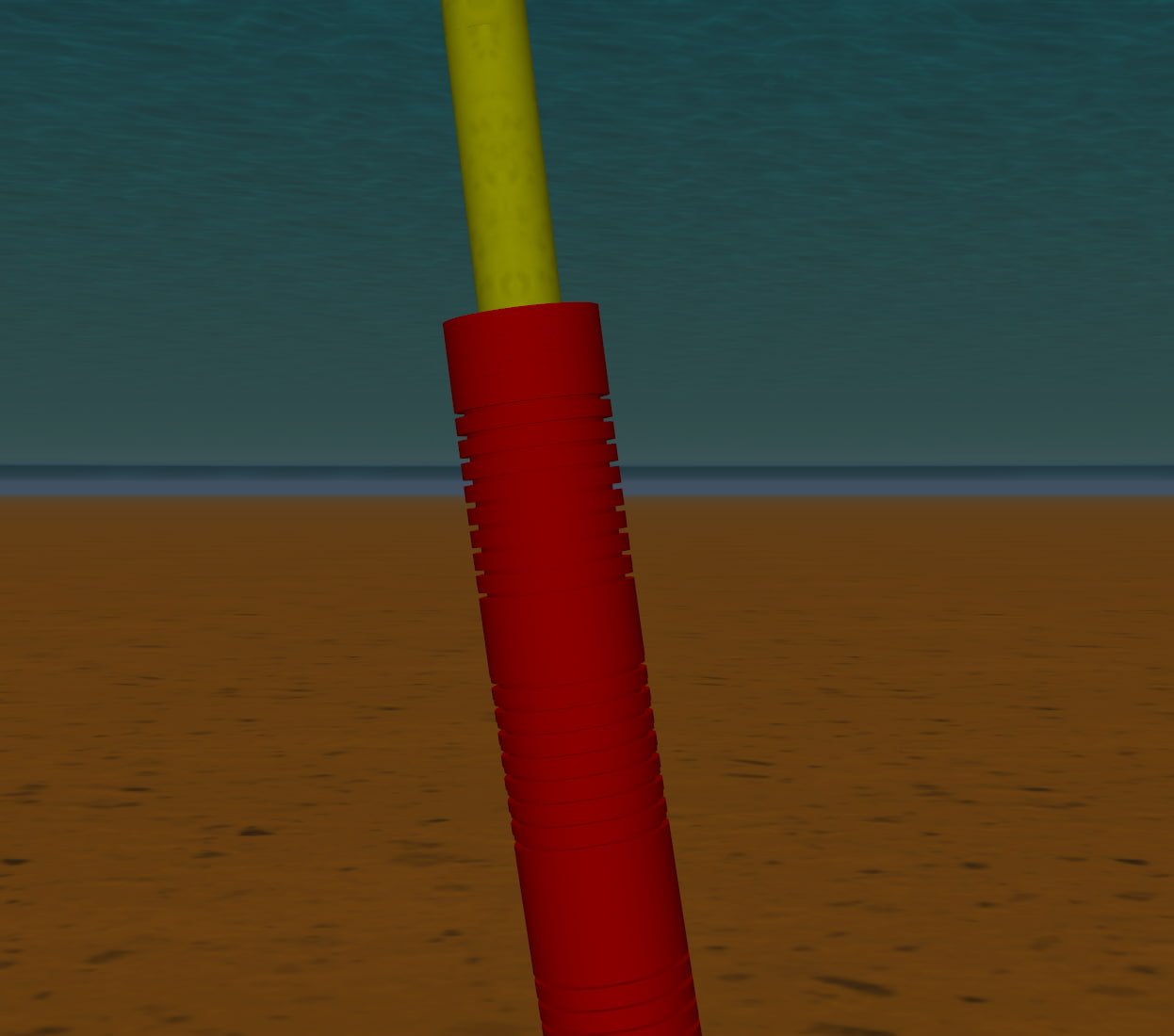
We offer world class analysis services for the offshore oil, gas and renewable industries.
Sealip engineers have a wealth of experience utilising cutting-edge analysis software packages such as OrcaFlex to build load case matrices and perform dynamic simulations in a range of scenarios to offer cost effective and risk reducing solutions. Projects include, seabed stability studies, research and development studies and system configuration.
Global Analysis (OrcaFlex)
Sealip historical projects have included the following activities:
FEED, detailed design, installation and maintenance phases
Cables, risers and umbilicals
Oil & gas, fixed platforms, FPSO
Renewables - fixed and floating offshore wind, wave and tidal
Temporary phases and IWOCs operations
Cable Protection Systems (CPS) and remedial intervention
Ancillary hardware optimisation
The extracted results enable Sealip to offer cost effective and risk reducing solutions to the challenges faced in the world’s deepest seas. The above images show the differences between scour protection and scour pit formations around a monopile structure.
Thermal and Electromagnetic Analysis (COMSOL)
Thermal analysis is typically performed in COMSOL. Sealip has performed a range of both 2D and 3D thermal and electromagnetic studies such as:
Cable thermal ratings
Electrical interference
Riser flow assurance
Ancillary hardware checks
Hardware Design (OrcaFlex)
Sealip supports the fixed structure offshore wind industry with Global Analysis of CPS systems. The Sealip CPS assessment can analyse any makeup of CPS sections such as flexible stiffener sections, connector and latching units and articulated restrictor sections.
Typical analysis is carried out to assess the extreme sea states to determine the ultimate limit state (ULS) and normal sea states to determine the fatigue limit state (FLS) and for use in abrasion assessments.
Considerations:
End of Life (EOL) and Start of Life (SOL) Conditions
Abrasion Assessment
Seismic Loading
Vortex Induced Vibrations (VIV)
Stabilisation Assessment
Cable Analysis and Design (DNV Helica)
Sealip has the analysis capability to perform local structural assessments of complex helical cross sections for cables and flowlines to determine the level of stress experiences in each layer.
It is critical to the design of lines with helical components that the Helical nature of the various layers and the stick-slip friction relationship between those layers is considered such that the stress in these components is not under or over predicted.
Typically, parts of these lines sit within a dynamic region where it is important to understand the level of fatigue damage received by the each layer. Sealip has the analysis capability to perform local structural assessments of complex helical cross sections for cables and flowlines to determine the level of stress experiences in each layer.
Sealip also performs Global Analysis to determine the loads to be considered within this local assessment.
The analysis can be performed on various cable and flowlines such as:
Flexible Risers
Umbilicals
Power Cables
Installation Analysis (OrcaFlex)
Sealip personnel have experience in the installation analyses of offshore cables, flexible pipelines/risers and umbilicals including assessment of:
Initiation
Normal Lay
Laydown
Abandonment and Recovery
Buoyancy Modules
Mid Water Arches
Hold down/back clamps, clump weights and tethers
J-tube/Tube Pull-ins






